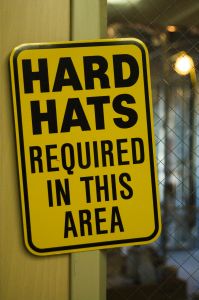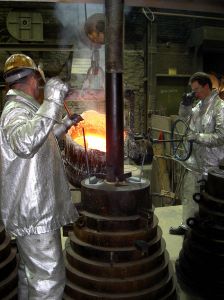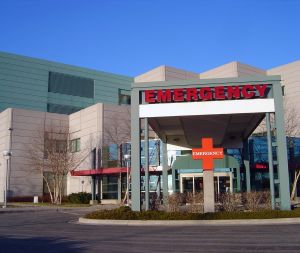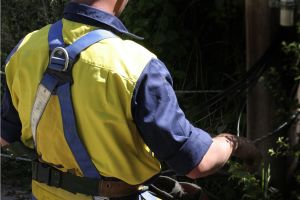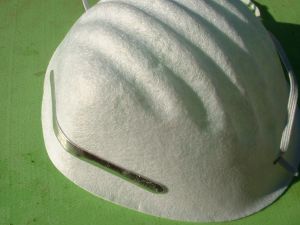The Triangle Factory fire — that happened 100 years ago March 25 — was remembered late last month at Boston College. The event took place at BC’s Robsham Theater Arts Center in the Bonn Studio. The factory fire remained the worst industrial fire in New York City for 90 years, according to Boston College.
Our Boston workers’ compensation attorneys would also like to honor the 146 workers killed in this fire — which is commonly seen as the beginning of workplace safety efforts in the United States. This tragedy was an eye-opening experience that exposed the public to the dangerous conditions in these high-rise factories.
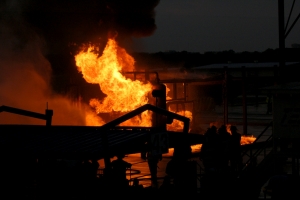
Triangle Waist Company was, at the time, one of the largest blouse makers in New York City. The company specialized in making a very popular women’s blouse, the shirtwaist. IN part through the exploitation of workers, Blanck and Harris became very wealthy, according to historical references.
After the devastating factory fire, the Triangle Factory tragedy suffered decades of repercussions. The incident was one of the first to shape safety and labor laws, first in New York and then nationwide. It also played a key role in organizing garment workers in the labor movement.
This year also marked the 100th anniversary of Massachusetts workers’ compensation law as we’ve previous discussed on our Boston Personal Injury Blog.
Occupational Safety and Health Administration (OSHA) is also celebrating a birthday this year. The administration celebrated 40 years of providing safety regulations for workers. It is reported that in 1970, approximately 14,000 workers died on the job, but after the establishment of OSHA, those numbers fell to approximately 4,340 work place fatalities in 2009.
Continue reading
 Boston Personal Injury Attorney Blog
Boston Personal Injury Attorney Blog


